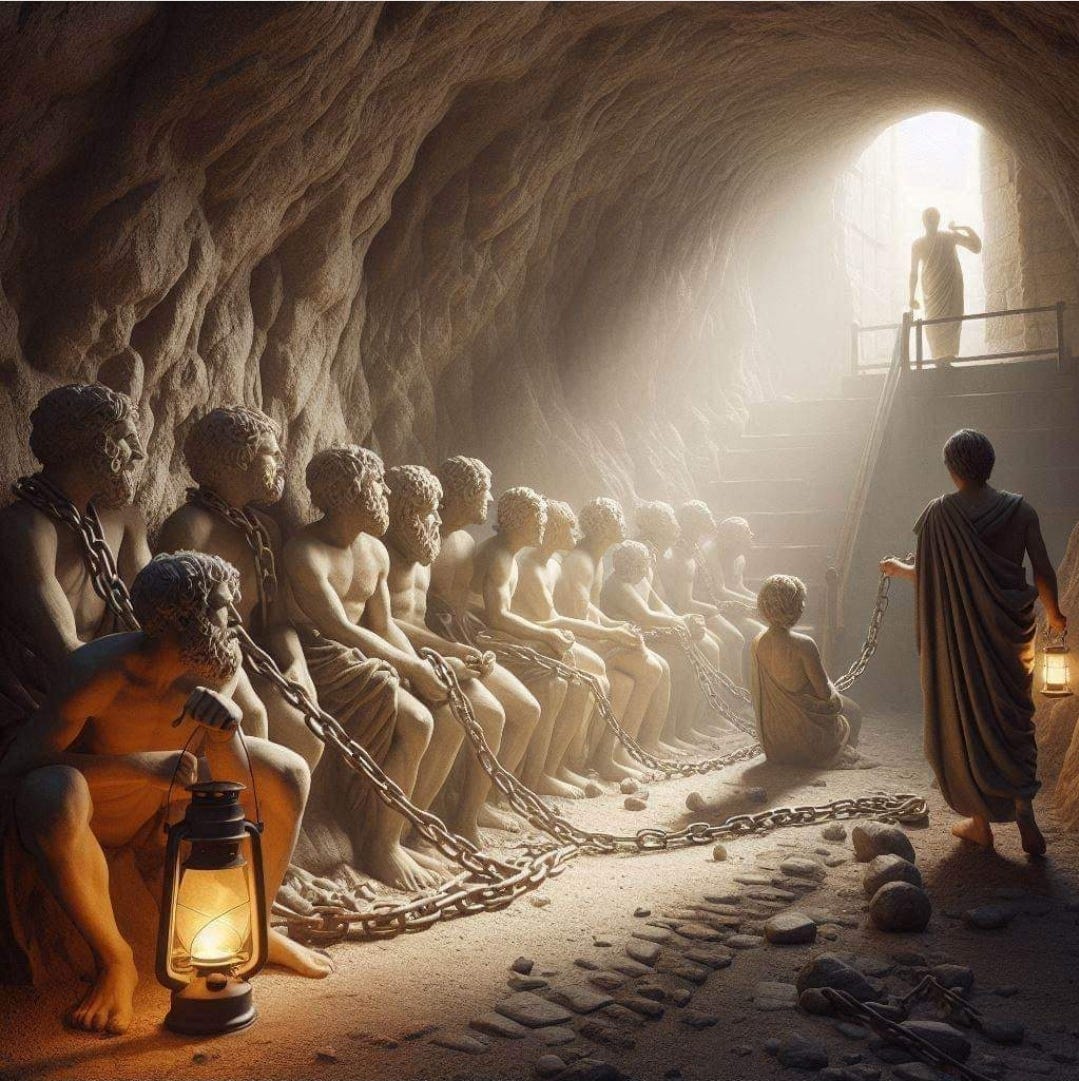I am currently in Perth, Western Australia, where I am participating in two significant annual events: the Africa Downunder Conference and the African Australian Universities Network (AAUN) gatherings. See https://www.africadownunderconference.com/ and https://aaun.edu.au/.
In addition, as my schedule allows, I am attending the Indian Ocean Craft Triennial 2024 (IOTA24), which is being held from August to October 2024. More information on this event can be found at Indian Ocean Craft Triennial. This prestigious triennial event plays a crucial role in uniting communities through the celebration of craft, cultural exchange, and collaborative practices. I sincerely hope that, in the future, Somali artists will have the opportunity to participate in this enriching experience. It is gratifying to be back in Western Australia, reconnecting with committed individuals who are passionate about effecting positive change. Please stay tuned for further updates over the coming days.
This week, my focus is primarily on education and associated topics, as highlighted in the video attached above. I intend to expand upon the brief ideas I mentioned there. My primary message is directed towards leaders within the Somali education sector and other industries who are interested in establishing meaningful engagement with their global counterparts.
The allegory of the cave, as articulated by Plato in Book VII of "The Republic,"1 serves as a profound metaphor for the transformative power of education. Within the confines of the cave, prisoners perceive only shadows cast upon the wall, believing these shadows to be the full extent of reality. This scenario mirrors the plight of many individuals and societies who, bound by ignorance, perceive a limited and distorted version of the world. The shadows represent superficial knowledge, incomplete and misleading, shaping a reality that is more illusion than truth. The prisoners' inability to see beyond these shadows underscores the dangers of an unexamined life and the limitations of a worldview shaped solely by ignorance and misinformation.
The allegory's turning point comes when one prisoner is liberated, symbolizing the arduous journey toward enlightenment. Initially, the freed prisoner experiences confusion and pain, as the light of knowledge disrupts the familiar darkness. This painful adjustment reflects the challenging process of acquiring true understanding, suggesting that the pursuit of knowledge is not without its difficulties. Yet, as the freed prisoner gradually acclimates to the light, he begins to perceive the world in its true form—full of color, shape, and depth. This shift from darkness to light symbolizes the transformative impact of education, which not only illuminates reality but also fundamentally changes one's understanding of existence. The journey out of the cave is, therefore, a journey from ignorance to knowledge, from illusion to truth, a process that is both painful and enlightening.
The allegory also illustrates the responsibility of those who have attained knowledge to return to the cave and educate others, despite the resistance they may face. The freed prisoner’s return and his attempt to liberate others demonstrate the philosopher’s role as a guide, a beacon of enlightenment in a world accustomed to shadows. However, the hostile reception he receives highlights a critical challenge in the process of education: the inherent resistance to change and the fear of confronting new, unfamiliar realities. This resistance reflects a broader societal reluctance to challenge deeply ingrained beliefs and assumptions. It underscores the difficulty educators face when introducing transformative ideas in contexts resistant to change, as seen in societies where ignorance has been institutionalized or normalized.
Applying Plato’s allegory to the context of Somalia, the title "Shortest Route to Development: Education, Education, Education and Breaking the Chains of Ignorance and Stepping Out of Dark Caves in" draws a parallel between the prisoners in the cave and population trapped in cycles of ignorance. Just as the prisoners are chained in darkness, so too are communities restricted by a lack of access to quality education, limited intellectual resources, and entrenched socio-political barriers. To achieve development, there must be a concerted effort to break these chains, to empower individuals through education, and to foster an environment where knowledge is pursued and valued. Education becomes the light that can dispel the shadows, enabling individuals to see beyond the superficial, to understand complex realities, and to make informed decisions that drive societal progress. This allegory, thus, serves as a powerful call to action, urging Somali leaders and educators to prioritize education as the primary means of liberating our people from the confines of ignorance and leading them toward a brighter, more enlightened future.
Till next week… comments, feedback welcome.
Stay tuned for more in week 36 post about the Africa Downunder Conference and the African Australian Universities Network (AAUN) 2024

Plato, in his classic book The Republic, from which the Allegory of the Cave is extracted, says the most important and difficult concepts to prove, are the matters we cannot see, but just feel and perceive. Plato's allegory is a depiction of the truth, and he wants us to be open-minded about change, and seek the power of possibility and truth.













Share this post